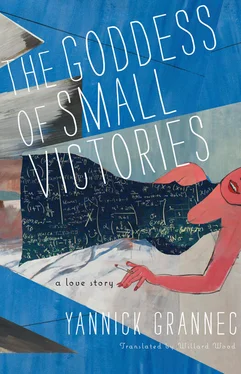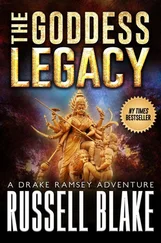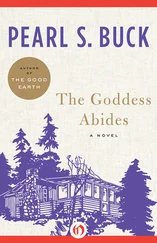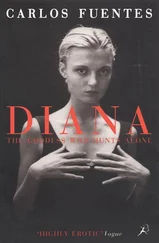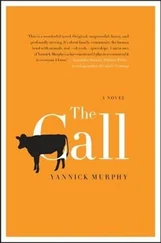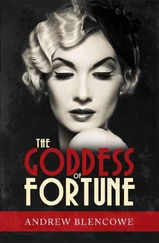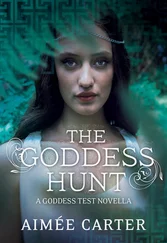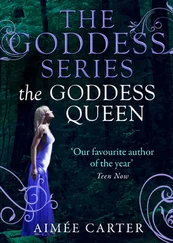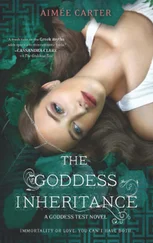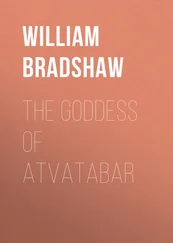As for having the nerve to make Einstein, Gödel, or Oppenheimer speak, I owe it to a kind of wild foolishness, the one that urges you to jump from a diving board into cold water. In retrospect, I shiver at the thought.
HOW DID YOU BECOME INTERESTED IN MATHEMATICS? WHAT INTERESTS YOU ABOUT THE INTERSECTION BETWEEN MATHEMATICS AND LITERATURE?
Since I was a good student, I was pushed to do a science baccalaureate. I had already decided to study the arts, but I always liked mathematics and physics. All my life, I followed my interest through my reading. I had, I think, a natural affinity for seeing the world through structures and interactions.
I am often surprised to see people, in other ways very cultivated, shrink back when you speak to them about mathematics or science in general.
For me, everything is connected, all human knowledge is interdependent. I wanted to share this conviction. Fiction, recounting a singular human adventure, seems to me to be the natural medium for speaking of the universal. I often use this image: the love story of Kurt and Adele is the Trojan horse that allows me to speak of more abstract subjects without paining the reader allergic to science. I’m going to talk to you about mathematics, and you won’t even see me doing it . (Or almost …)
WAS IT HARDER TO WRITE ABOUT ANNA, WHO IS ENTIRELY FICTIONAL, OR TO WRITE ABOUT ADELE AND KURT? WHY DO YOU FIND THAT THE WEAVING OF FACT AND FICTION IS SUCH A COMPELLING COMBINATION?
Each exercise has its own difficulties. To slip into Gödel’s life demanded a great deal of exactitude. When you use someone’s life, respect is an imperative at every moment. For Kurt, it wasn’t difficult; his life had already been explored and dissected by different biographers. For Adele, I had so little information. I had to make myself empathetic, attempt to guess her feelings, her emotions, through the few anecdotes I was able to gather: the aggression of the Nazis on the steps of the university, the naturalization scene in Oskar Morgenstern’s memoirs, Dorothy Morgenstern’s saying that Adele was very intelligent and funny. I constructed three chronologies: an historic and scientific frieze; a timeline of Kurt Gödel’s life (his trips, moves, work, depressions, and health problems); and, underlining it, one of Adele’s life as well. She was the unknown in the equation determined by History and the history of her husband. I tried to guess at and date her moods, her joys, and, at times, her despair.
Anna was born in hindsight. I needed a character who would listen to Adele. And I felt a need to interrogate the Gödels about their lack of reaction to the rise of the Nazis. I needed to explore this gray area. As I wrote more, the character of Anna developed. The relationship with the old woman became a creative “recreation,” allowing me to work without documentation, following my intuition. But without — and here lies the difficulty — the crutch of reality, which gives a writer material that’s irreplaceable, even with lots of imagination.
THE GODDESS OF SMALL VICTORIES IS YOUR FIRST NOVEL. WHAT WAS IT LIKE TO PUBLISH IT IN FRANCE, AND NOW TO HAVE IT PUBLISHED IN THE UNITED STATES?
From many angles, the story of this book is even more fictional that its content. I worked for four years, convinced that this book wouldn’t interest anyone, but happy to confront the mountain, as a personal challenge. I rented a maid’s room (so Parisian!) to finish writing it. The owner recommended an editor, to whom I sent my manuscript. Around the same time, I packed my boxes and left Paris, where I had lived for twenty-five years. On the road to my new life, five days after having mailed my manuscript, I received a call from this editor, Stephen Carrière, who told me he absolutely wanted to publish it. What happened next was even more fantastical, because the reception by booksellers and journalists was very enthusiastic and I won a number of prizes. Then, thanks to this book, I met mathematicians and experts on Gödel, including Cheryl and John W. Dawson, who had translated his papers and whose support was invaluable. I attended the international conference on Gödel, where I was able to meet just about everyone in my bibliography. To see it now translated in the United Sates is yet another event in this waking dream that never ceases to surprise me. Had I known, I’d never have dared to write it!
MANY WRITERS HAVE ROUTINES AND TRICKS TO HELP THEM WITH THEIR WORK. DO YOU HAVE ANY WRITING QUIRKS?
I’m a mother; I write when my children are at school. I’m very disciplined by nature, one could even say obsessive; I don’t have any problem working set hours. While I write directly on the keyboard, my notes are handwritten. I’m very adept with the Post-it technique, which allows me to see on my wall the progress and the structure of the story. I rarely write in a linear way: I’m solving a giant puzzle that begins with digesting the documentation. Then I force myself to lightly freewheel with my characters, and little by little, helped by my intuition, these disparate pieces begin to fall into place. As with a puzzle, the beginning is laborious and discouraging, and what follows gains speed until the moment when I have the flow, finally, and can write without interruption for five or six hours straight. I need only silence, a thermos of tea, and a couple of legal drugs: nicotine and sugar. For me, writing is physical, something like a marathon; I finish my sessions exhausted before beginning my second day as a mother. The one and the other aren’t incompatible, with a little organization: daily life nourishes creativity and allows us to put our ego back in its place. As far as possible from the page.
